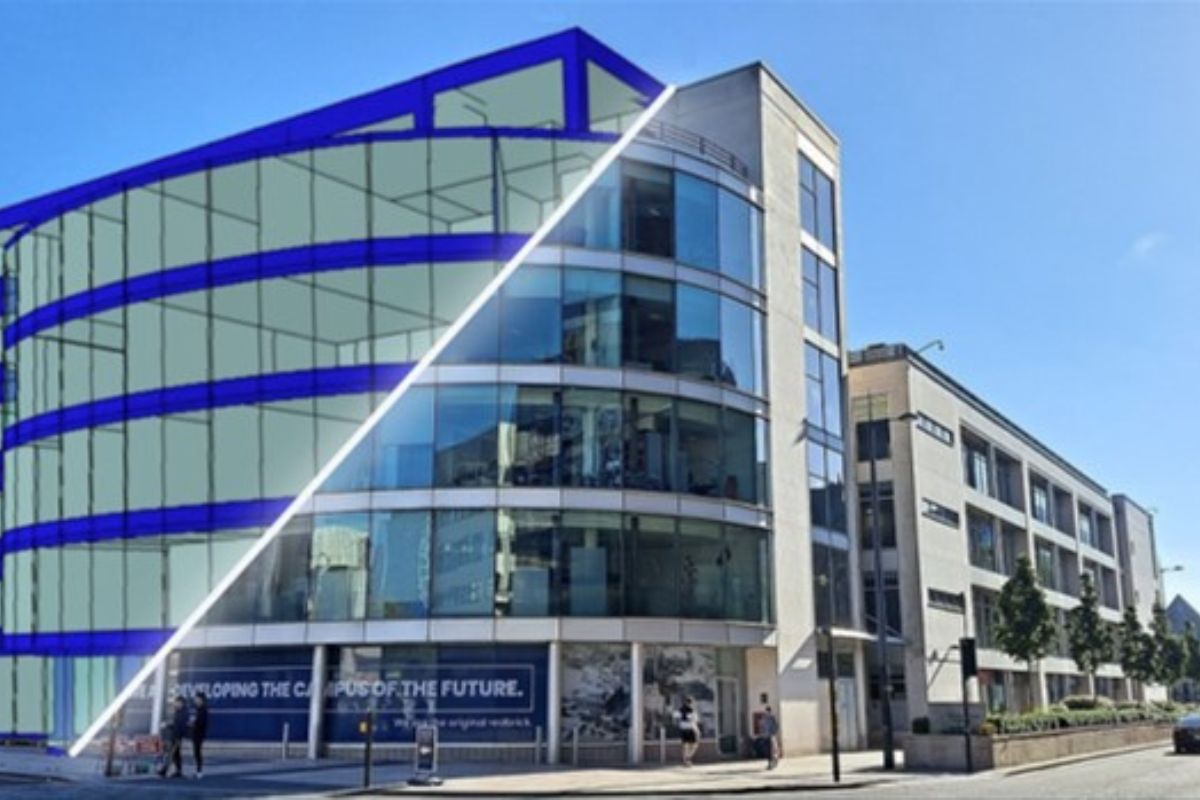Wondrwall Feature - Reaching for net zero – an intelligent approach to retrofitting UK housing stock
De-carbonising heating is high on the agenda for many social landlords and housing developers. As well as playing a vital role in tackling climate change, increasing the energy-efficiency of housing is essential to reduce the ever-increasing fuel bills for residents.
According to the Committee on Climate Change’s 2019 report on UK housing, “the quality, design and use of homes across the UK must be improved now to address the challenges of climate change. Doing so will also improve health, wellbeing and comfort, including for vulnerable groups such as the elderly and those living with chronic illnesses.”
Government funding initiatives, such as the SDHF (Social Housing Decarbonisation Fund) and the Green Homes Grant tend to favour a ‘fabric first approach’. The established view is that the best way to decarbonise domestic heating is to invest heavily in insulation, and then install a low carbon heating system, such as an air source heat pump. Whilst this approach can work in many situations, it will not always be the most cost-effective way to achieve the end goal. In some cases, it is not even practical or possible to retrofit homes in this way. Housing developers and social housing landlords must therefore urgently consider alternative approaches.
A change of mindset
For many years, gas has been the go-to solution for domestic heating and hot water. However, as part of its commitment to decarbonising energy, the UK government has declared that from 2025, no new homes should be connected to the gas grid. While some hold out hopes that clean hydrogen gas may be available by then, it is not currently an option. Housing developers must now look for the most efficient way to heat homes using electricity as a source of energy.
With gas being so much part of the current mindset, it’s hardly surprising that air source heat pumps – which rely on a familiar set up of pipes, thermostats and radiators – are currently the most popular way to electrify domestic heating and hot water. But while air-source heat pumps do have a lot to recommend them, they are not necessarily the best option in every case. Heat pumps rely on a ‘low and slow’ approach – drawing heat from the environment to gently but steadily heat homes. This works well if homes are extremely well insulated and the outside temperatures are not too low. Otherwise, either the heat is lost too quickly, or the system needs to operate well outside its margins of efficiency.
Air-source heat pumps are particularly unsuitable for retrofitting properties, as upgrading insulation to sufficient levels pushes the overall costs up significantly. On top of the cost of extra insulation, air-source heat pumps are an expensive retrofit. The old central heating system needs to be completely replaced with an external compressor unit, a new central hot water immersion tank, heating water clusters and more. The radiators also need to be bigger to compensate for the lower running temperature. There are also some situations where fitting a heat pump externally is simply not viable – for example in high rise buildings.
There is another option out there, however, that takes a radically different approach.
An energy solution for the digital age
Manchester City Council recently explored a different approach to electrifying domestic heating in a new-build development in West Gorton, Greater Manchester. The affordable houses were equipped with modern digital and renewable energy solutions that can deliver reductions to energy bills of up to 90% for tenants.
The mews-style three-bedroom homes, built in partnership with Manchester City Council, are fitted with solar PV and battery storage. But what makes them unique is the intelligent solution that ties these elements together. The self-learning system, designed by Wondrwall, automatically adapts heating, lighting, security and energy consumption according to the behaviour of the occupants, environmental conditions and wholesale energy costs.
A combination of electric underfloor heating and infrared panels can quickly provide warmth when needed, and the intelligent, partitioned, hot-water cylinder heats water only when needed. A system comprising solar panels, inverter and battery storage provides free electricity from the sun and enables the tenants to take advantage of hourly fluctuations in energy costs. For new and old properties, the cost of installing this ‘smart and agile’ solution compares favourably with wet heating systems, heat pumps and high levels of insulation.
A day in the life of an intelligent home
The key to the effectiveness of the system, is its ability to learn and adapt to the information in real time. The system will begin a typical day by checking the weather forecast shortly after midnight. Combining this information with what it knows about the behavior of the occupants and the performance of the solar panels, it will predict how much electricity it needs to draw from the grid to meet the family’s needs for the day.
The system then analyses time-of-use tariffs for the day and determines the most cost-effective time to charge the domestic batteries. If there is an unexpected energy requirement during the day, the system might respond by supplying energy from the battery and importing energy from the grid. Conversely, if there is a spike in energy from the PV solar panels, the system will export energy back to the grid. During the evening, when energy prices are at their peak the system powers the house entirely from energy stored in the battery. After midnight, the system processes the days data, adjusts its algorithm accordingly, and the cycle begins again.
A smarter approach to allocating resources
When faced with a big task and a limited budget, it makes sense to allocate resources where they will be most effective – even when that means questioning our assumptions. It’s clear from the West Gorton project that ‘fabric first’ is not the only way to decarbonise domestic heating. A smart and agile approach may be a better fit in many situations. Social housing landlords and housing developers should therefore evaluate projects on a case by case basis when choosing the right approach to decarbonise domestic heating, rather than putting their faith in a one-size-fits-all approach.



